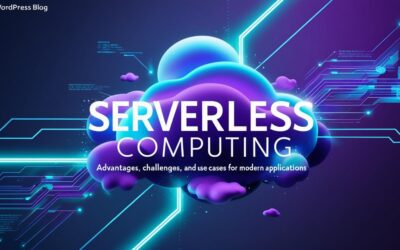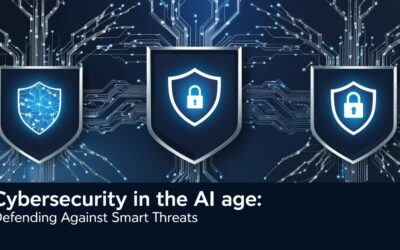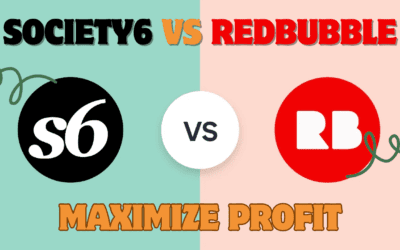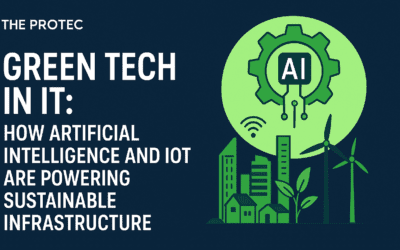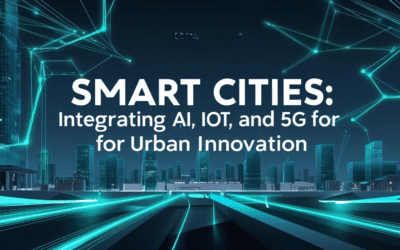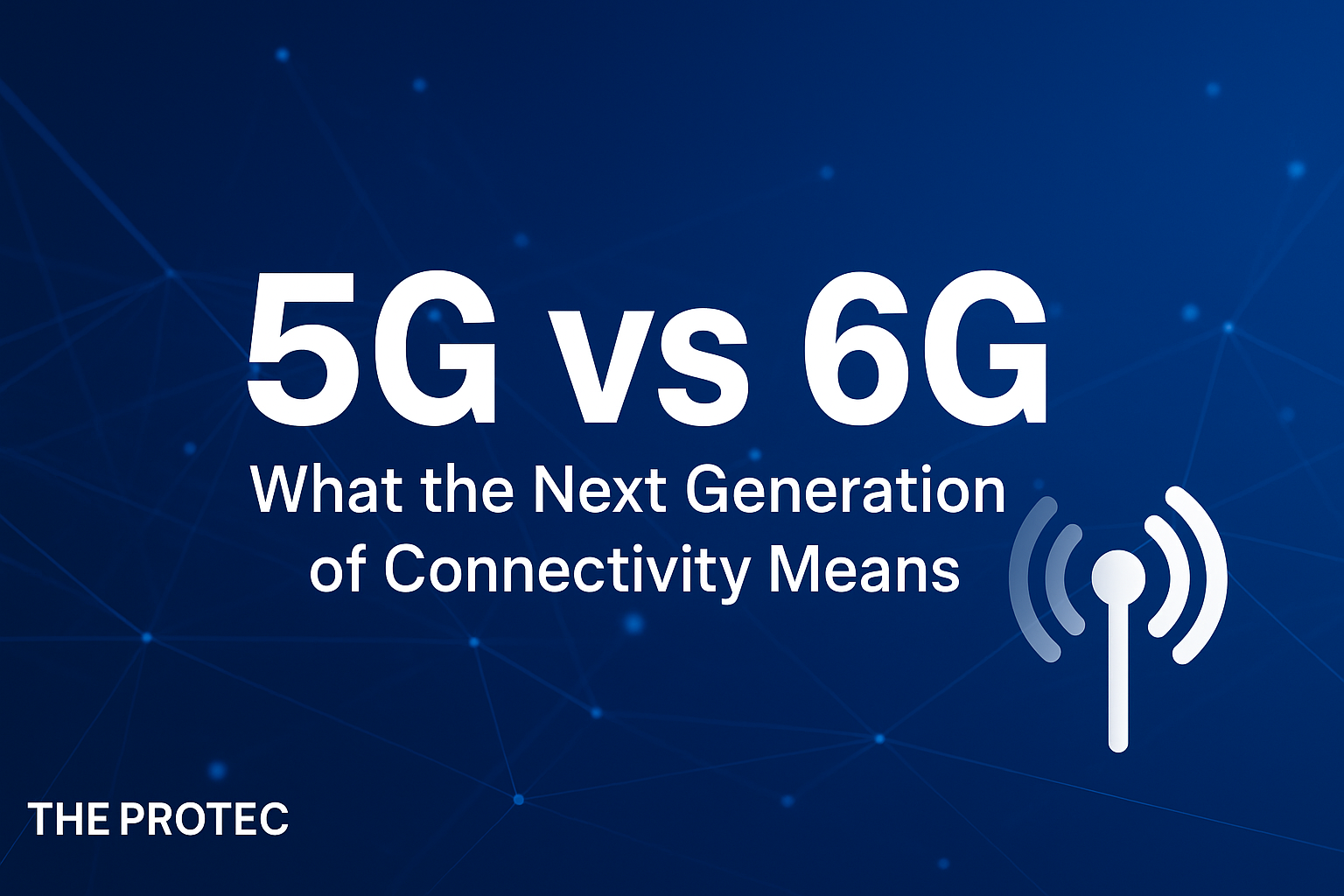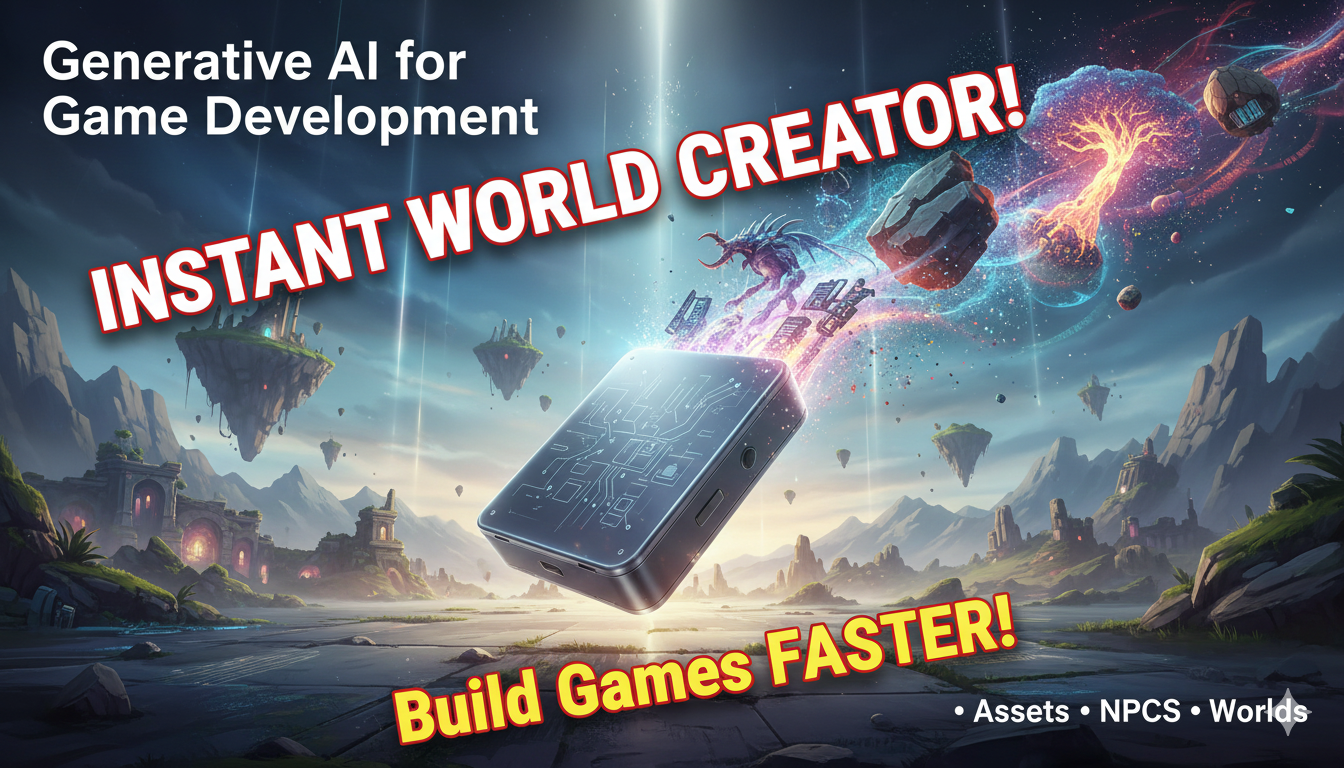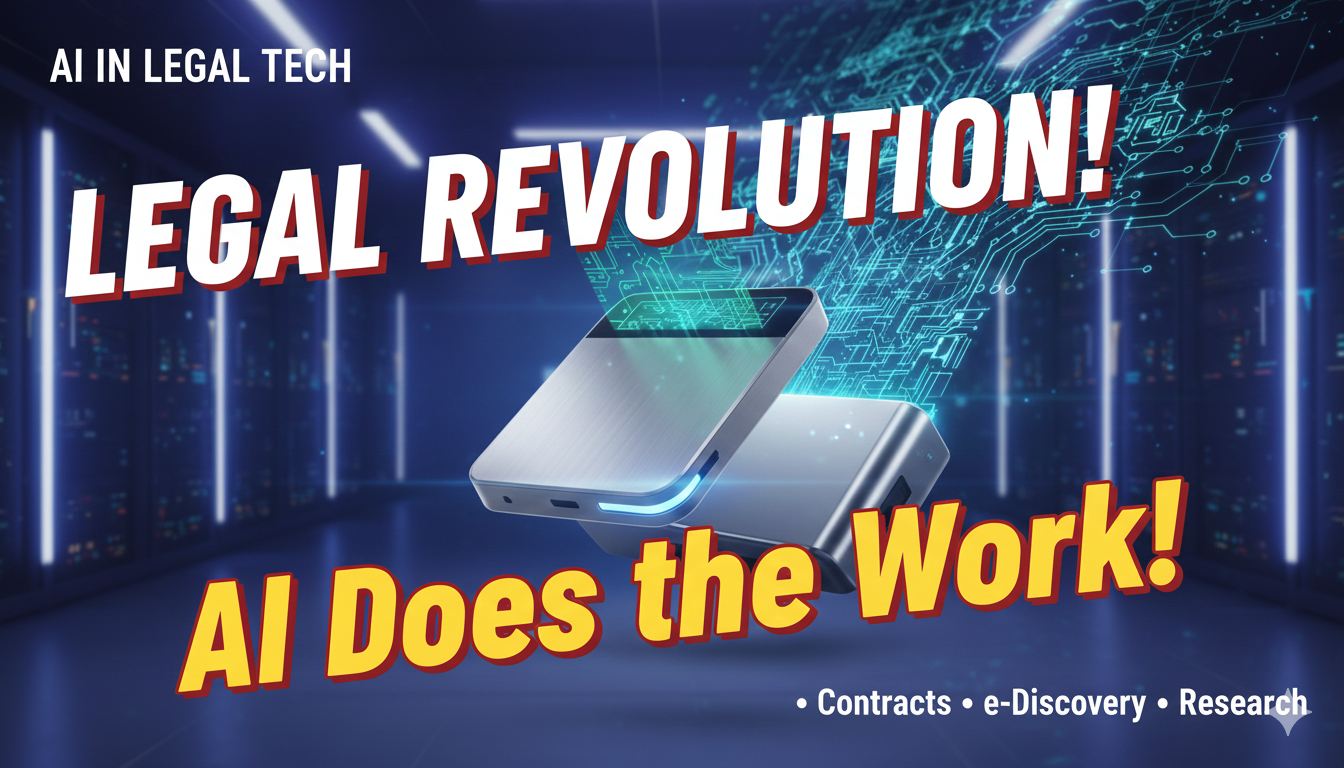The leap from 4G to 5G changed how we communicate, stream, and connect with the world. But just as 5G adoption is spreading globally, 6G is already on the horizon — promising speeds and applications that sound almost futuristic. So, what exactly is the difference between 5G and 6G, and how will it reshape our digital lives? Let’s break it down.
What is 5G?
5G (Fifth Generation) is the current global standard for mobile networks. Compared to 4G, it offers higher data speeds (up to 10 Gbps), ultra-low latency (as low as 1 millisecond), and the ability to connect millions of devices per square kilometer. This makes 5G essential for powering IoT (Internet of Things), autonomous vehicles, smart cities, and advanced telemedicine.
What is 6G?
6G (Sixth Generation), expected to roll out around 2030, takes connectivity to another level. Early reports suggest speeds of 100x faster than 5G, latency as low as 100 microseconds, and integration with cutting-edge technologies like AI, blockchain, holographic communication, and the Metaverse. 6G aims to merge the digital, physical, and biological worlds, creating what experts call “ubiquitous connectivity.”
5G vs 6G: Key Differences
| Feature | 5G | 6G (Future) |
|---|---|---|
| Speed | Up to 10 Gbps | Up to 1 Tbps |
| Latency | ~1 ms | ~0.1 ms |
| Connectivity | 1M devices/km² | 10M+ devices/km² |
| Applications | IoT, AR/VR, self-driving cars, smart cities | Holograms, tactile internet, brain-computer interfaces |
| Rollout | 2020–2025 (global expansion) | 2030 onwards |
Why Does 6G Matter?
While 5G is still being adopted, 6G promises transformative possibilities:
- Holographic Communication: Imagine attending meetings as a lifelike hologram.
- Brain-Computer Interfaces: Direct interaction between humans and machines.
- Tactile Internet: Remote touch and real-time physical interaction for surgery, robotics, and education.
- Hyper-Smart Cities: Advanced automation for energy, transport, and healthcare.
Challenges of 6G
Despite its promise, 6G faces hurdles:
- Infrastructure costs will be enormous.
- Regulations and spectrum allocation are not yet defined.
- Security and privacy risks will be higher with massive data transmission.
- Global adoption may take longer in developing countries.
5G vs 6G: Which One Should We Focus On Today?
While 6G sounds futuristic, businesses and individuals should still focus on 5G adoption. It’s already enabling faster internet, IoT growth, and innovations across industries. 6G will eventually arrive, but its development depends on how successfully 5G ecosystems are implemented worldwide.
Conclusion
The jump from 5G to 6G won’t just be about speed — it will redefine how we live, work, and interact. From holograms to hyperconnected cities, 6G promises a world that feels like science fiction today. But for now, 5G remains the bridge to this connected future. Keeping an eye on both is the best way to prepare for what’s next.


